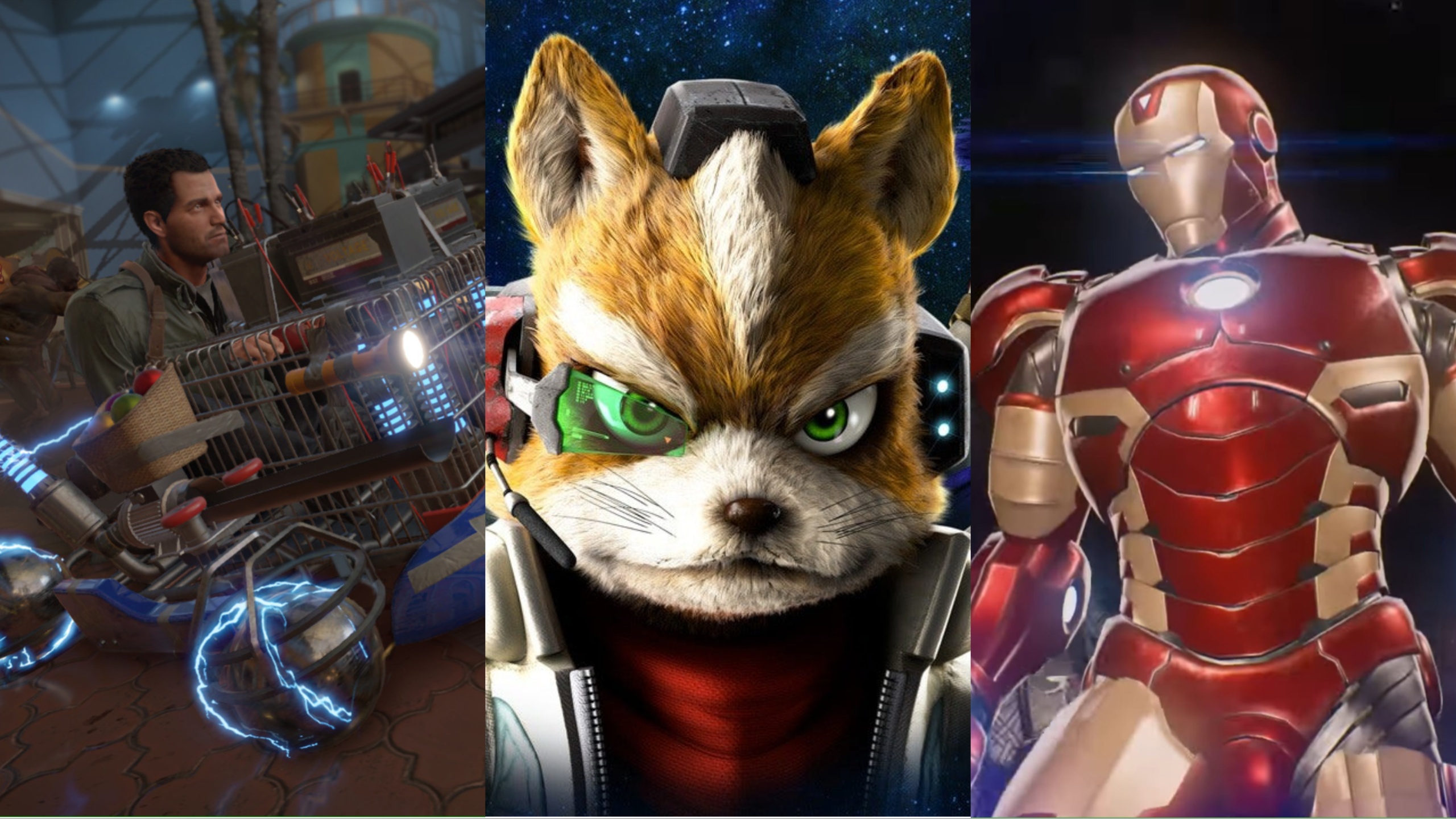Though franchises dominate nearly every corner of the entertainment industry, they are not invincible. Even the biggest franchises can only survive and thrive for so long. While time is ultimately most franchises’ biggest enemy, there have been times when once-mighty series have been toppled by an entry so bad that they not only sunk the future of those franchises but called into question the validity of their pasts. Many gamers are all-too-familiar with such titles.
In an industry where long development times and massive production budgets inherently put a lot of pressure on many new releases, a failed entry into a major gaming franchise can do a lot of damage. From bad reviews and poor sales to…well, honestly, a lot of games that suffered from both, these are 15 games that ruined once-great franchises.

15. Guitar Hero: Warriors of Rock
Like the death of Julius Caesar, the fall of the mighty rhythm genre can actually be pinned on quite a few assailants. That’s kind of the point. The market for such titles soon became saturated by games and expansions that often failed to justify the expensive peripherals that once made that genre so lucrative.
Yet, Guitar Hero: Warriors of Rock really feels like the point of no return for both the Guitar Hero franchise and the entire rhythm genre. Developed in response to the dwindling sales of the previous Guitar Hero games, Warriors of Rock was meant to give the series the fresh start that Activision seemingly felt it needed. Instead, the game’s poorly designed Quest Mode and weak overall setlist really just confirmed what many people already suspected: the Guitar Hero franchise, and the genre it once helped popularize, were quickly becoming relics of the past.
While the blatant excess of Rock Band 3 (which was also released in 2010, just a month after Warriors of Rock) strongly suggested the rhythm genre had indeed peaked, that game was actually really good. Warriors of Rock was the low point for a franchise that seemingly officially ended for good shortly after the half-hearted release of 2015’s Guitar Hero Live.
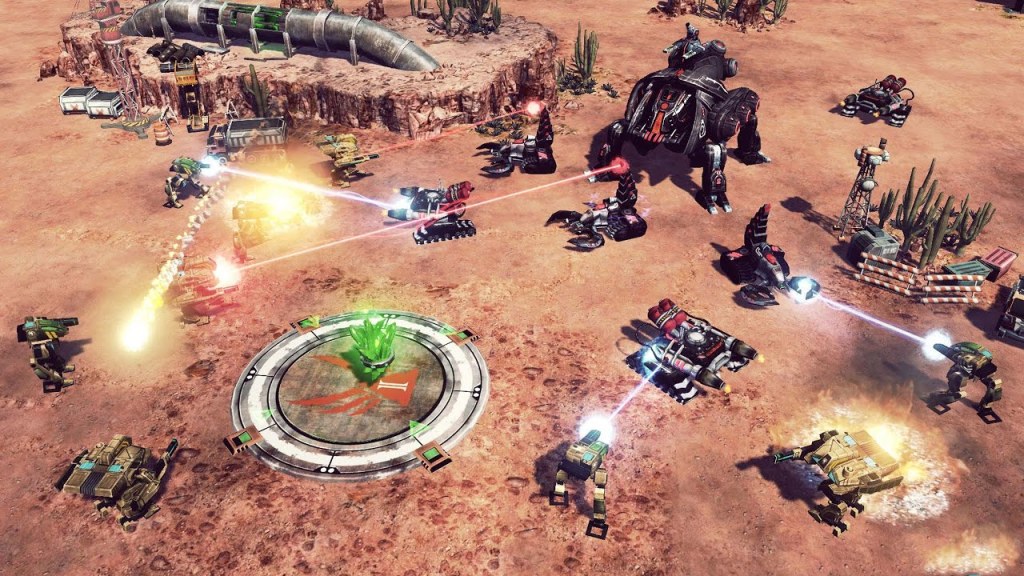
14. Command & Conquer 4: Tiberian Twilight
It’s sometimes easy to forget what a big deal the Command & Conquer series once was. At a time when the RTS genre helped to define the entire PC gaming scene, the Command & Conquer games were seen as some of the platform’s definitive experiences. Though the franchise endured some ups and downs over the years, it was a series that commanded a lot of respect for over a decade.
However, Command & Conquer 4 killed most of that goodwill in an instant. Though not the first Command & Conquer game released during EA’s tenure over the franchise, it was the most EA Command & Conquer game in all the worst ways imaginable. Terrible digital rights policies, overlooked single-player components, lazy storytelling, desperate attempts to capitalize on emerging trends…it often felt like Command & Conquer 4’s biggest aspiration was simply being a serviceable modern approximation of the previous games, yet it failed to reach such humble heights.
EA would go on to throw the Command & Conquer name onto a couple of easily forgettable projects after this, but the damage was done. From this point, Command & Conquer was a brand that existed only to remind you of better times and better games.
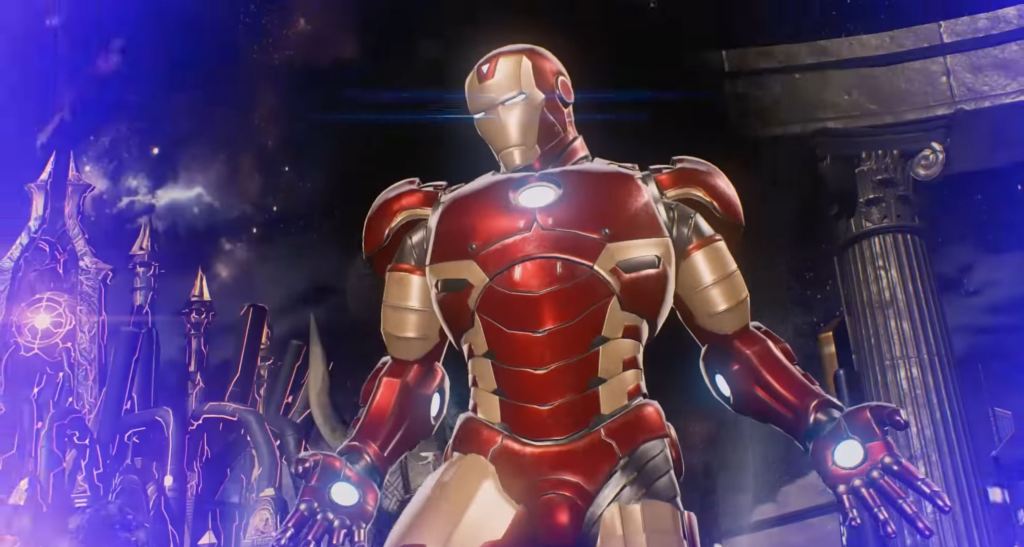
13. Marvel vs. Capcom: Infinite
The Marvel vs. Capcom franchise has always felt like a glorious fever dream. Marvel really gave one of the best fighting game developers ever access to their all-time great roster of heroes and villains and told them to go do their thing? It not only happened, but it resulted in some of the best fighting games ever made.
That is until the release of Marvel vs. Capcom: Infinite. The fourth major installment in this series (not counting spin-offs and similar releases) was released far into the MCU era, and it showed. The game’s roster was a pale imitation of the gloriously outlandish rosters that preceded it, and its bland art style was sadly also representative of the additional corporate desires the project suddenly had to service.
Honestly, this wasn’t even a bad game. It was just an abundantly clear confirmation of the fact that the things that once made this franchise so special were no longer going to be possible.
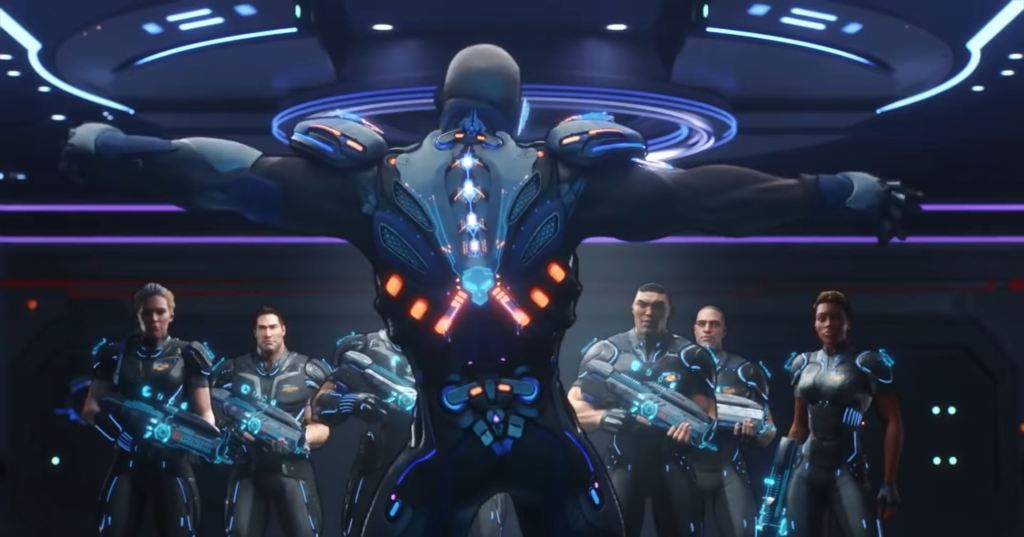
12. Crackdown 3
I’d be lying if I tried to tell you the first two Crackdown games were perfect. At best, they were fascinatingly flawed sandbox games that basically doubled as superhero adventures. Yet, there was always hope that the series would realize its potential and achieve undeniable greatness.
Crackdown 3 put an end to all that hope. It was remarkably similar to a game that came out 12 years before its debut in many major respects, yet it was somehow worse than the original Crackdown game in nearly every way but its visuals (and even then, they weren’t worth bragging about). Worst of all, the game was missing many of the previously-announced features that were supposed to set it apart from the earlier games in the series, which really just sealed its reputation as one of the Xbox One’s biggest software failures.
Crackdown 3 made it abundantly clear that this series will always be stuck in first gear. It’s hard to imagine anyone bothering to revive it.
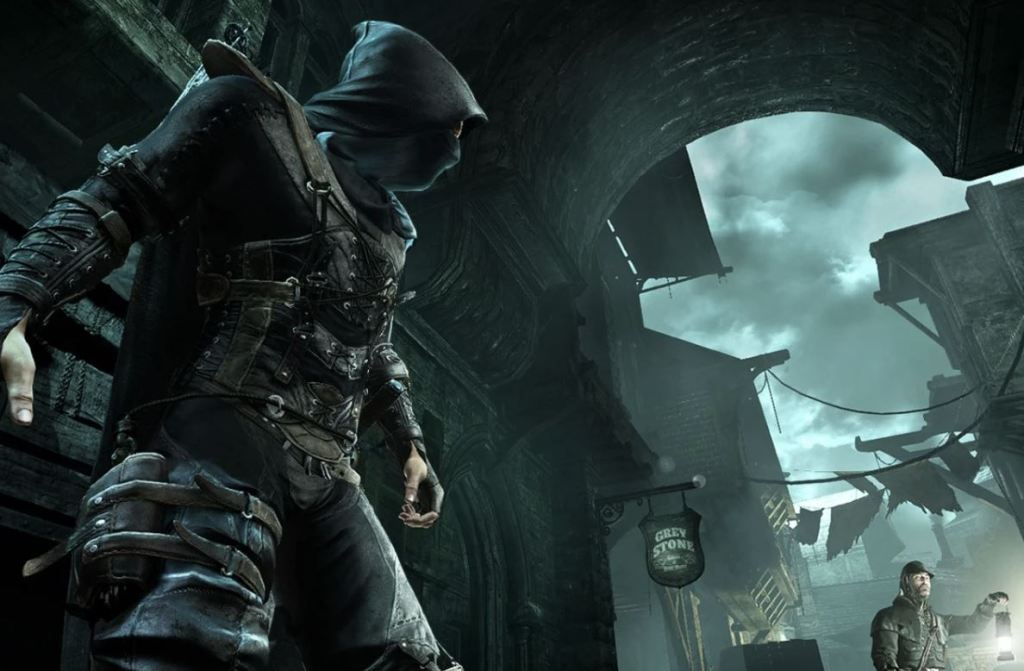
11. Thief (2014)
Though the Thief series rarely approached blockbuster status from a pure sales perspective, the franchise made its mark in other ways. A vital part of the evolution of the immersive sim genre, the Thief games could perhaps best be described as your favorite game developer’s favorite game. They were masterpieces of form, functionality, and ambition that are still spoken of with a distinct sense of awe to this day.
None of that can be said about the 2014 revival of the Thief franchise. Though largely functional, it could best be described as a hollow reminder of the things that once made this series special. The problem was that games like Dishonored essentially offered a far superior version of pretty much everything that this game was trying to do. This revival should have shown everyone why Thief was still the leader of its genre. Whatever positive things you could say about this game, it most certainly did not do that.
Thief’s missteps, and the sales struggles of a lot of stealth-based games around this time, all but ensured that this will be the end of a series that deserves to be remembered as one of gaming’s all-time greats.
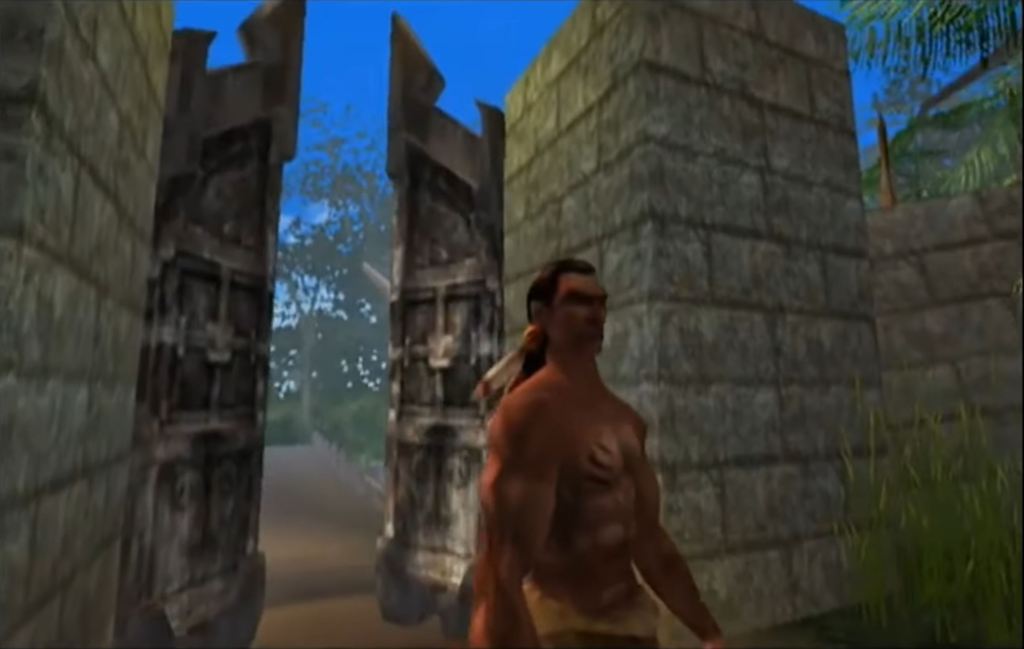
10. Turok: Evolution
The Turok series played an often overlooked part in the evolution of the FPS genre. At a time when quality FPS games for consoles were still seen as a novelty, the Turok franchise offered N64 gamers an FPS series that they could truly call their own. Though there weren’t necessarily as refined or ambitious as games like Perfect Dark, but they did allow you to shoot dinosaurs in the face with high-tech weapons. That counted for a lot at a time when console FPS titles (much less quality ones) were still relatively hard to come by.
Unfortunately 2002’s Turok: Evolution was released in a post-Halo: Combat Evolved world. Tasked with keeping up with changes in the industry, developer Acclaim Studios Austin failed spectacularly. This game’s poor AI, weak shooting mechanics, and complete lack of style left many next-gen gamers wondering why they were playing a worse version of an N64 title.
To be honest, the 2008 reboot of the Turok franchise that followed this title was actually kind of interesting. Unfortunately, it was clear to most people at this point that Evolution had robbed the series of the momentum it needed to transition into future generations of gaming.
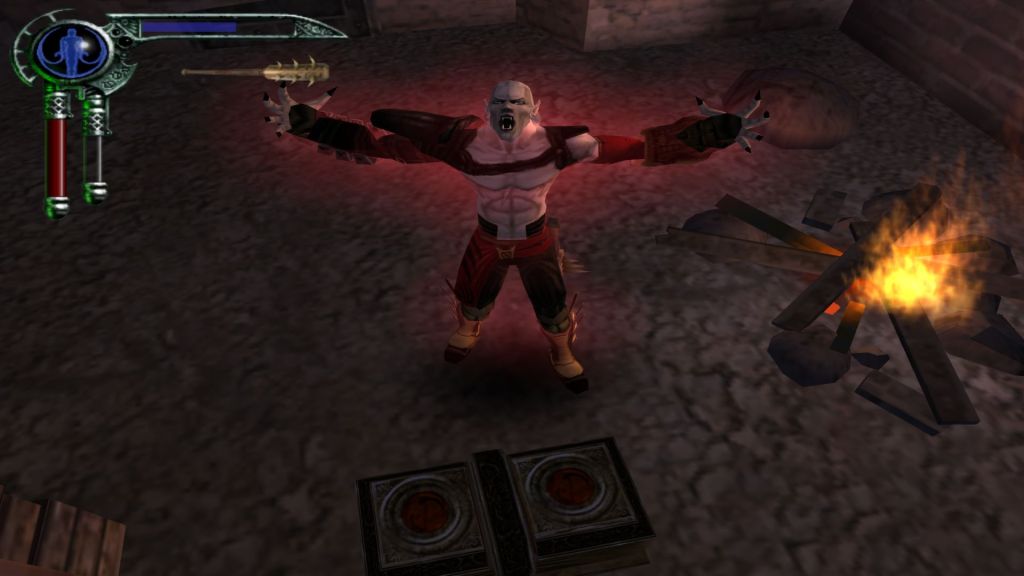
9. Blood Omen 2
Though the Legacy of Kain series actually began with 1996’s excellent Blood Omen: Legacy of Kain, 1999’s exceptional Legacy of Kain: Soul Reaver soon came to define the franchise. That title’s nearly unrivaled cinematic presentation and exceptional 3D gameplay raised a lot of expectations. 2001’s Soul Reaver 2 didn’t quite live up to those expectations, but it showcased a ton of promise in between its many rough edges.
Little, if any, of that promise is found in 2002’s Blood Omen 2. A thoroughly uninspired vampire action-adventure game, Blood Omen 2 sucked the magic out of the franchise like its anti-hero protagonist sucked the blood out of his generic prey. It’s tough to find a nice word to say about this one, especially if you’re comparing it to Soul Reaver. Though technically functional in places, its name is the only thing that helps it stand out from a pack of similarly bland competitors that plagued the action-adventure genre at this time.
Developer Crystal Dynamics tried to course-correct this series with 2003’s Legacy of Kain: Defiance, but the damage was done. That pure action game was significantly more entertaining than its predecessor, but ultimately only served to verify that The Legacy of Kain’s glory days had become a gaping, painful wound in the hearts of those that remembered them.
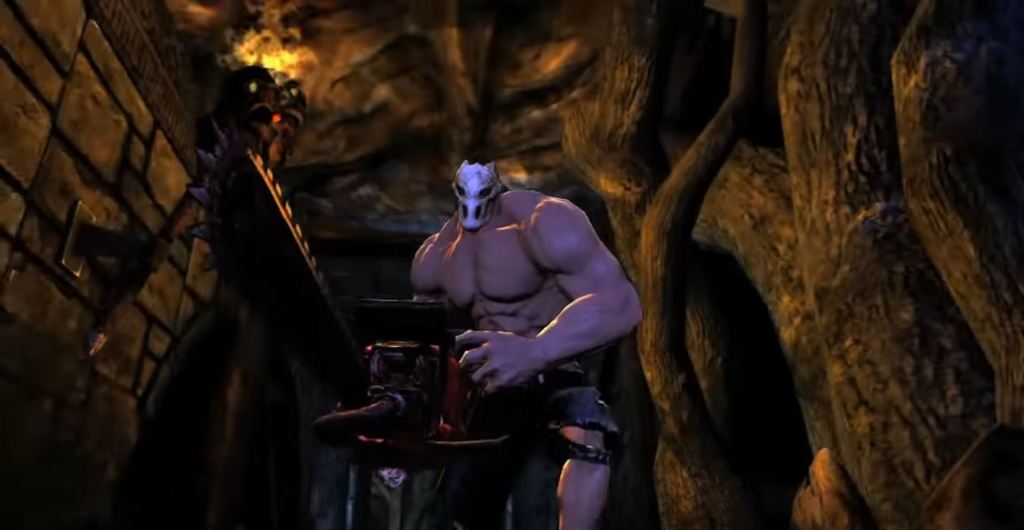
8. Splatterhouse (2010)
I’ll go to bat for the early Splatterhouse games whenever I have the chance to do so. Maybe they weren’t the best beat-em-ups on the market, but their willingness to embrace even the most absurd elements of the horror genre was genuinely refreshing at a time when most other developers shied away from anything remotely controversial.
That’s the first of many problems with Splatterhouse’s 2010 reboot. Released at a time when more violent video games like the GTA franchise were becoming more and more common, Splatterhouse’s publisher seemingly figured that the time was perfect to revive one of gaming’s original violent franchises. Even if their instincts were right, their execution was all wrong. Deprived of the privilege of its more novel elements, the Splatterhouse reboot instead had to rely on the most generic 3D action beat-em-up gameplay you could ever be bothered to imagine.
Though the faintest glimpses of a much better game occasionally shone through the darkness, 2010’s Splatterhouse killed the goodwill towards a franchise that honestly still deserves to be a part of the industry.
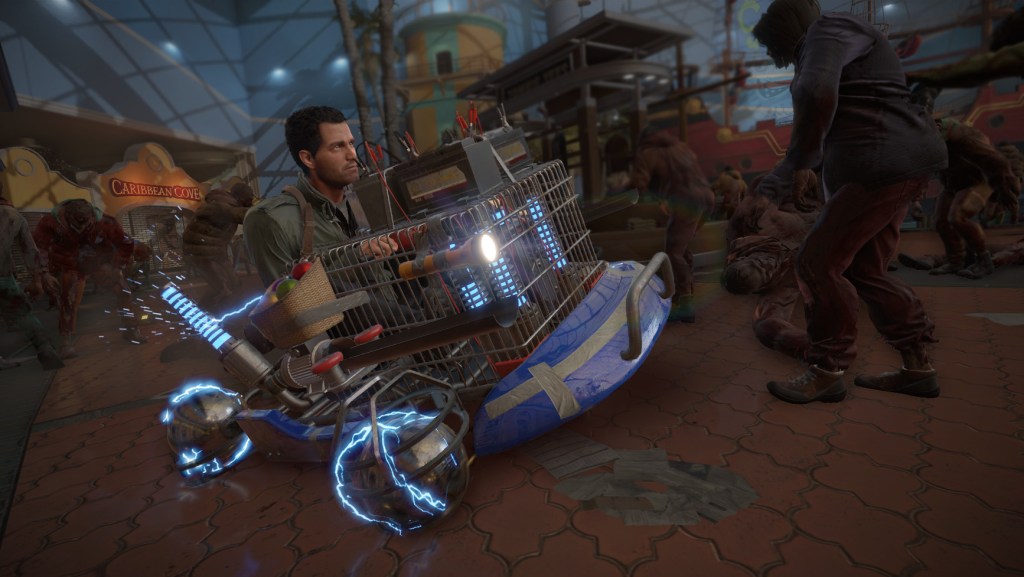
7. Dead Rising 4
The original Dead Rising was a big deal. It not only allowed horror fans everywhere to live out their dark dreams of surviving a zombie apocalypse, but it did so via advanced gaming technology that turned next-gen skeptics into true believers. As the series evolved, it largely retained the qualities that made the original Dead Rising as special as it was. Yet, around the time of Dead Rising 3‘s release, those who had followed the franchise since the beginning could start to see the wheels coming off.
To be fair, 2016’s Dead Rising 4 isn’t a bad game. It was just a game that tried to reach a much wider audience at the cost of the wants and requests of the franchise’s biggest fans. That gamble could have worked, but it certainly didn’t. Long-time fans were turned off by the game’s drastic change in tone, removal of foundational survival elements, and other changes that were seemingly made to make the whole experience more accessible than ever before.
I will still argue that Dead Rising 4 is still a hell of a good time, and I really debated whether it belonged on this list. However, the fact of the matter is that this game underperformed so badly that developer Capcom Vancouver was forced to close its doors shortly after its release. It’s doubtful that Capcom will ever try to revive this franchise.
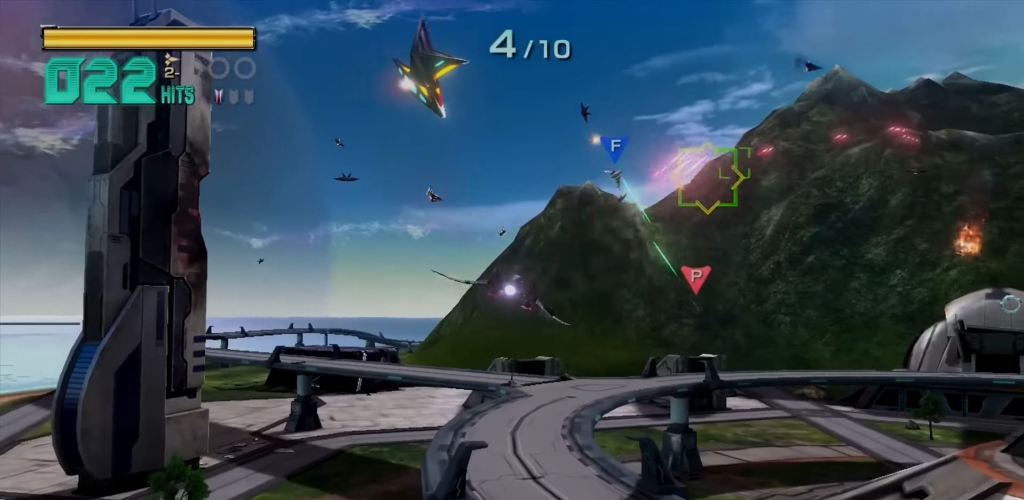
6. Star Fox Zero
The early Star Fox titles were games ahead of their time. The original Star Fox pushed the SNES far beyond its presumed technical limits, while Star Fox 64‘s Rumble Pak integration forever changed the way we play and feel video games. Things became a bit rough after that. Star Fox Adventures tried, and largely failed, to spin the series off into the action-adventure genre. Star Fox: Assault and Command stuck closer to the franchise’s roots, but failed to find their versions of the innovations that elevated the original games.
It all led to the release of Star Fox Zero: a game that failed to make the most out of the Wii U’s unique capability and a game that failed to recapture the glory days of the franchise despite sticking to the franchise’s formula so closely. Some later games in slowly dying franchises try too hard to be different. Star Fox Zero failed to figure out what made the things that once made this series special still work in the modern age.
Some sales reports indicate that Star Fox Zero sold under a million copies. Between those sales and the game’s icy reception, it’s not hard to understand why Nintendo seems so hesitant to revive this franchise despite the occasionally passionate call for them to do just that.
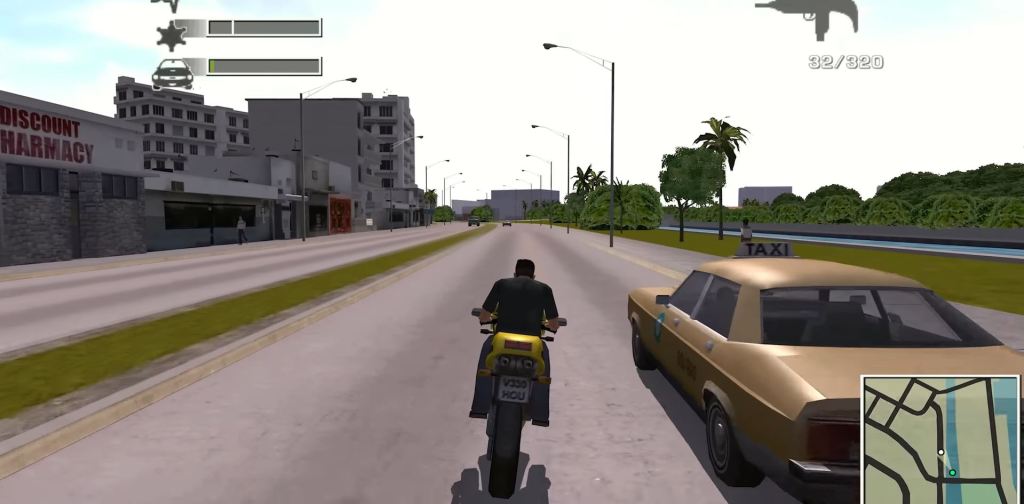
5. Driv3r
The original Driver truly is one of the PS1’s best and most innovative experiences. Driver 2 was certainly rough around the edges, but it tried to push the franchise into a direction that would soon become the standard for the entire crime genre. Fans of the series couldn’t want to see what a next-gen Driver title would bring.
Well, that next-gen Driver title only brought heartache. Released the same year as the phenomenal GTA: San Andreas, Driv3r often felt closer to being a GTA 3 competitor, and even that would have to be considered a generous comparison. It was ugly, rough, and tragically unenjoyable in ways that make you wonder whether the game was ready for release or if its developers simply got tired of looking at it.
The eternally underrated Driver: San Francisco tried to get this franchise back on track, but it was too late. The Driver series will just never be what it once was and could have been.
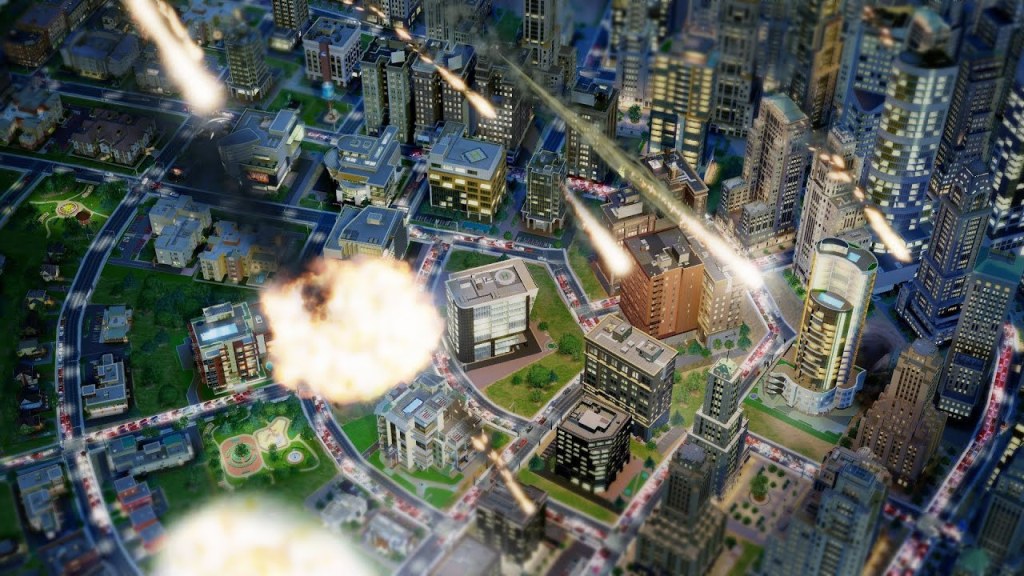
4. SimCity (2013)
The original SimCity forced a lot of people to re-examine their expectations of what a great video game looked and played like. Though its sequels weren’t always perfect (though SimCity 2000 came close to achieving that goal), those initial titles remain foundational parts of the city builder genre.
Despite its name, 2013’s SimCity features none of the things that once made this franchise special. Actually, that’s way too fair. 2013’s SimCity not only offers less overall content than its predecessor but somehow also features strictly worse versions of the few features it shares with those revolutionary titles.
Though this game’s server launch issues would soon come to define it, they ultimately proved to be the least of this project’s worries. It was an across-the-board insult to the fans of the franchise that clearly only existed to squeeze some money out of a popular name. It has since been usurped by a wave of smaller games that properly capture the SimCity spirit.
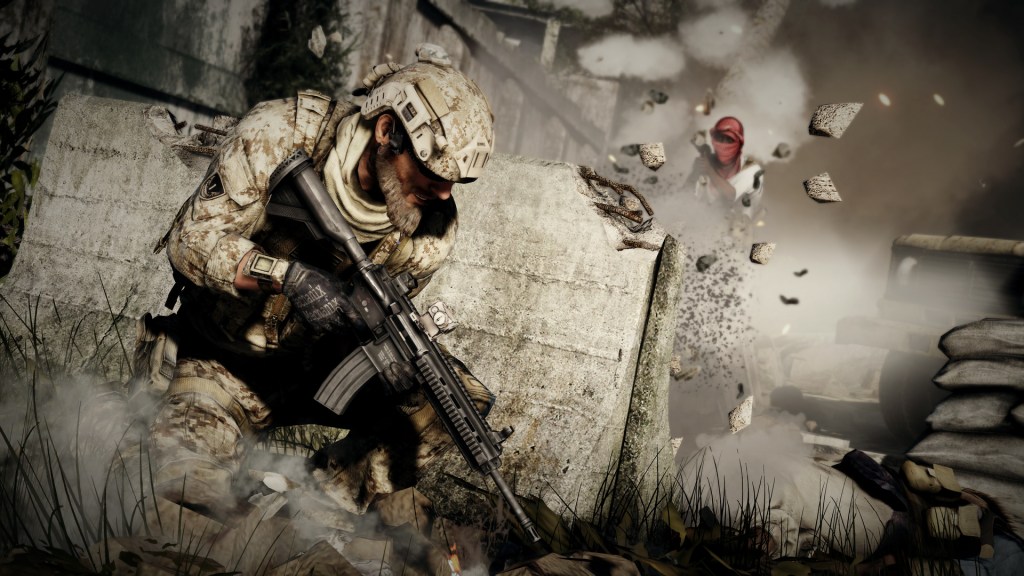
3. Medal of Honor: Warfighter
There really was a time when it felt like Medal of Honor was destined to become one of the biggest names in gaming. The original games were some of the PS1’s only notable FPS titles, but 2002’s Medal of Honor: Allied Assault offerred one of the most compelling and intense FPS experiences in PC gaming history. However, when many of the core people who worked on that game left to go make the Call of Duty franchise…well, Medal of Honor just never found a way to keep up.
The series’ struggles culminated in 2012’s Medal of Honor: Warfighter. The game’s truly terrible name soon came to represent the hopelessly generic experience that awaited anyone who was tragically optimistic enough to take a chance on it. It honestly felt like the Adobe Flash version of a Call of Duty title. In every respect, it felt like a game approved by a major publisher that was desperately trying to catch up with a competitor that had left them in the dust long ago.
Fans and critics were united in their contempt for the game’s complacency. Though the 2020 VR title Medal of Honor: Above and Beyond actually offered a sometimes interesting reminder of why this series once worked, it’s doubtful that we’ll ever get a major Medal of Honor game that comes close to recapturing the series’ glory days.
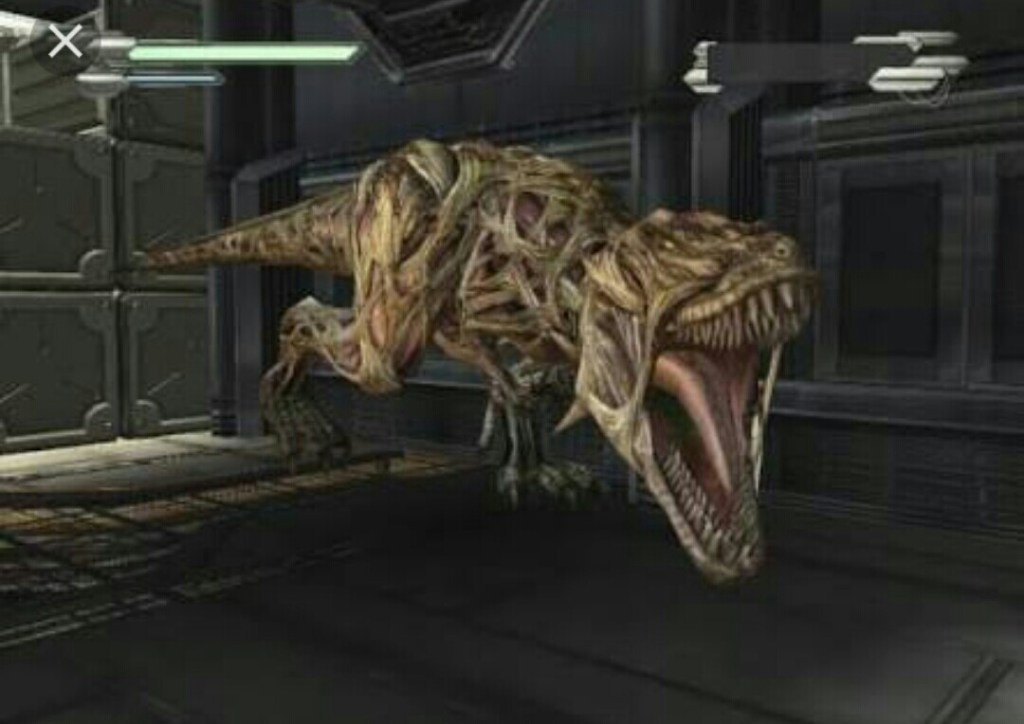
2. Dino Crisis 3
Count my voice among those who regularly ask for a new Dino Crisis game. The first Dino Crisis was a surprisingly inspired variation on the Resident Evil formula. The second was a brilliant arcade-like action horror title that remains overlooked to this day. Even a remake of either title would be a blessing.
However, there’s little doubt that the total and undeniable failures of Dino Crisis 3 put a nail in this series’ coffin. Plagued by one of the worst cameras in 3D gaming history (which is saying something) Dino Crisis 3 was genuinely unplayable for large chunks of the intended experience. The parts of the games you could actually see were bad enough to make you wish you couldn’t.
This is as complete of a failure as we’ll ever see in a franchise that is lucky enough to make it to a third entry. It single-handedly turned a once-promising franchise into an embarrassment.
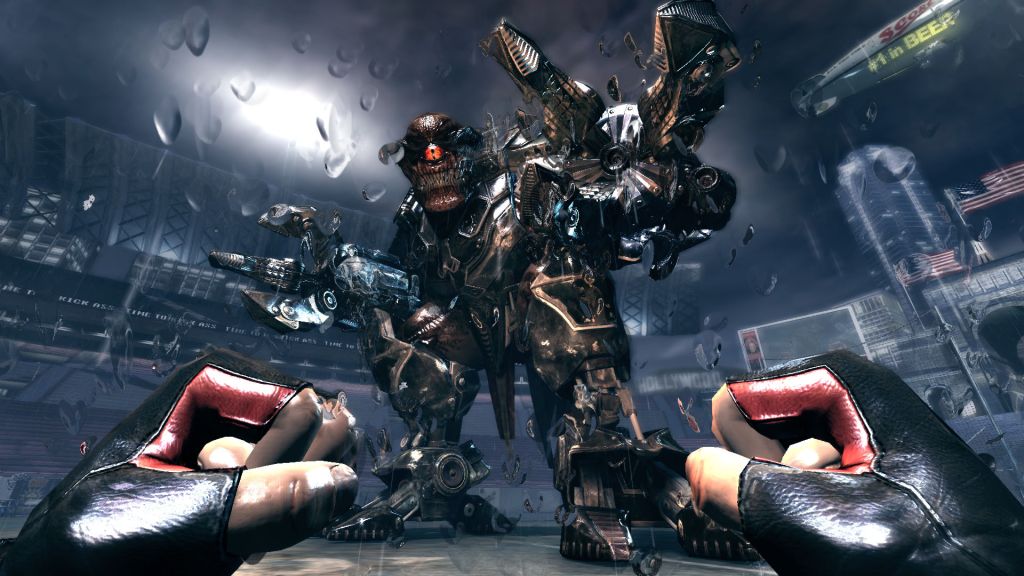
1. Duke Nukem Forever
When we talk about Duke Nukem’s influence on gaming, we’re really talking about 1996’s Duke Nukem 3D. The character will always be defined by that shocking ‘90s FPS title that turned Duke into a bonafide action gaming star through the use of crass humor, violence, sex, and pop culture references. That blatantly “mature” content (and the title’s surprisingly advanced technology) helped Duke Nukem 3D cross into the mainstream and become one of the most notable early FPS hits.
As both the FPS genre and games with more adult content grew in popularity in the years following Duke Nukem 3D’s release, many fans figured that Duke would naturally become one of the biggest characters of that era of gaming. However, that’s not what happened. A series of increasingly bad spin-offs diluted whatever magic was once associated with the Duke Nukem name. All the while, rumors of a direct Duke Nukem 3D sequel called Duke Nukem Forever kept some fans hopeful that the franchise may one day realize its potential. As the years dragged on, though, Duke Nukem Forever started to become more of a meme than a dream.
It would be wrong to say that Duke Nukem Forever was destined to be terrible, but there’s some tragic truth to that sentiment. The game tried and failed to model itself after ’90s-style shooters that had fallen far out of favor by the time it was finally released. Recent revivals have actually rediscovered the magic in that era of “boomer shooters,” but Duke Nukem’s extended stay in development hell made it feel like a game that was yanked from that era rather than one that was genuinely trying to revive some worthwhile ideas. Of course, the title’s numerous bugs and technical problems didn’t make its archaic action any more enjoyable.
The game’s humor was even worse. Even if you ignore the dated references (many of which felt like they were added at the last minute), you still had to deal with the extreme sexism and the generally mean-spirited nature of the thing. You could argue that Duke’s style was simply more refreshing at a time when fewer games had any notable sense of humor, but I think there’s more to it than that. Playing Duke Nukem Forever is like meeting an old friend you haven’t seen since college. That initial “Wow, you haven’t changed a bit!” soon becomes “Oh, so you haven’t changed a bit?”
There was a small chance that Duke Nukem Forever could have resurrected the franchise. Instead, it dropped Duke’s nude corpse out of the series’ coffin for everyone to see on Corncob TV.
